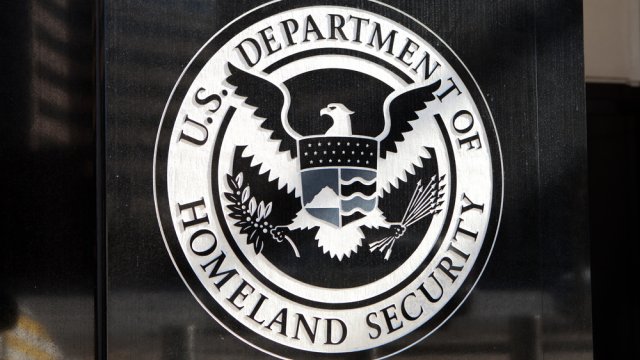Table of Contents
Misinformation versus disinformation, explained

Confusingly, the terms are used interchangeably. But they are different — and the distinction matters. Why?
If you’ve paid even a little attention to the national discourse over the last few years, you’ve probably heard the words “misinformation” and “disinformation” thrown around a lot.
Although the terms are often used interchangeably, they are distinct. And the difference matters.
Misinformation is simply false or inaccurate information — nothing more, nothing less.
In other words, it’s just someone getting their facts wrong, which we do all the time. For example, my friend tells me the grocery store opens at 7:00 a.m. on Sunday, when it really opens at 8:00 a.m. That may inconvenience me if I drive to the store and find it closed, but my friend didn’t give me bad information on purpose to hurt me or benefit himself.
Another recent example is when President Joe Biden mistakenly said that he traveled to 54 states rather than 50. That’s just a gaffe.
The problem with using the word “misinformation” to refer to innocent mistakes like these is that it sounds much worse than it is. When someone is accused of spreading misinformation, it sounds ominous — like they’re consciously lying — when all they did was get something wrong.
That doesn’t mean misinformation cannot have unfortunate consequences. If you repeat gossip that a neighbor down the street is a sex offender, or if a local official accidentally gives the wrong date for Election Day, significant problems can — and probably will — occur. The solution is for the speaker or writer to ensure that they have the facts before they speak. When they cannot, they should practice intellectual honesty and humility and either say nothing or respond to questions with “I don’t know.”

Government attempts to label speech misinformation, disinformation, and malinformation are a free-speech nightmare
News
Allowing the government to decide what speech is and is not fit for public consideration will likely make the problem worse.
Disinformation, however, is false or misleading information peddled deliberately to deceive, often in pursuit of an objective.
The largest and most destructive purveyors of disinformation in the world are governments, which engage in propaganda to ensure regime stability or create instability in their adversaries.
The Russian government, for instance, waged disinformation campaigns in its war on Ukraine to maintain public support for the war among the Russian people and sap the morale of the Ukrainian people. The U.S. government is guilty of spreading disinformation, too.
One of the more infamous examples are the official lies revealed by the Pentagon Papers, that led the United States to wage the Vietnam War.
The rise and reach of social media also empowers other groups, such as private strategic communications firms, and individuals to effectively spread disinformation for political gain and profit.
But there are real risks in rushing to label communication “disinformation” without a full understanding of a speaker’s motive or the facts. This is particularly concerning when governments get in on the act. In a complicated and fast-changing world, what’s labeled “disinformation” today can be recognized as fact tomorrow. Public health authorities learned this the hard way during the COVID-19 pandemic.
Further, by virtue of calling a piece of information “disinformation,” the accuser is calling the source of the information a liar. “Disinformation” is, therefore, not a word to throw around lightly.
For these reasons, people should maintain a healthy sense of skepticism when fact-checkers and governments, in particular, characterize something as misinformation vs. disinformation — and should remember the crucial distinction between the two concepts.
In a liberal democracy, there’s only one solution to the problems of misinformation and disinformation, and that’s an informed citizenry who can separate fact from fiction for themselves, without the heavy hand of government regulation.

